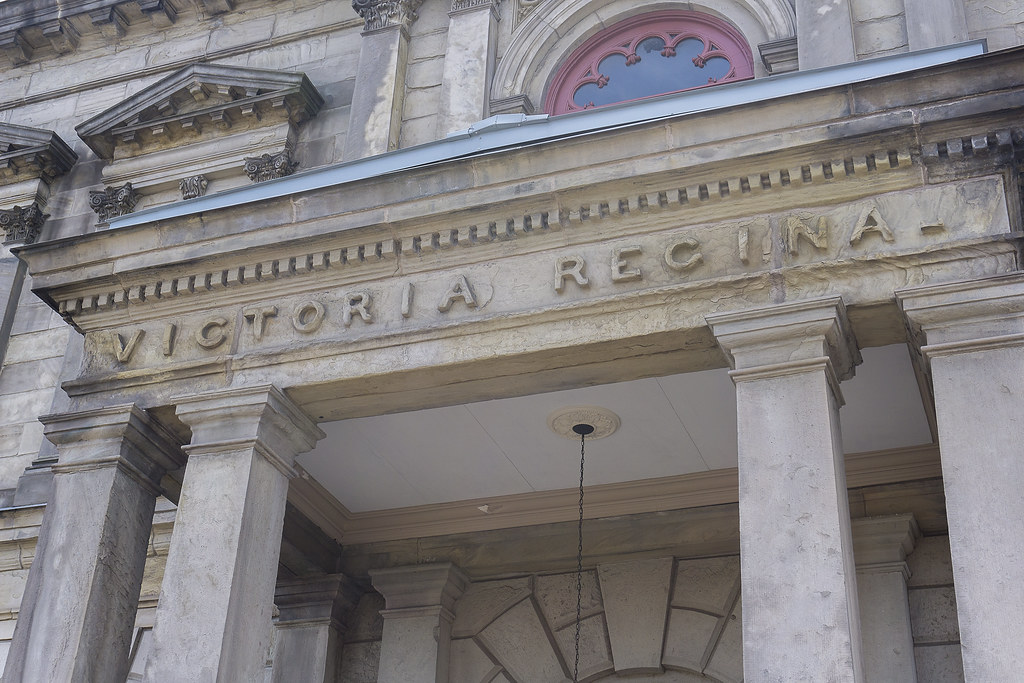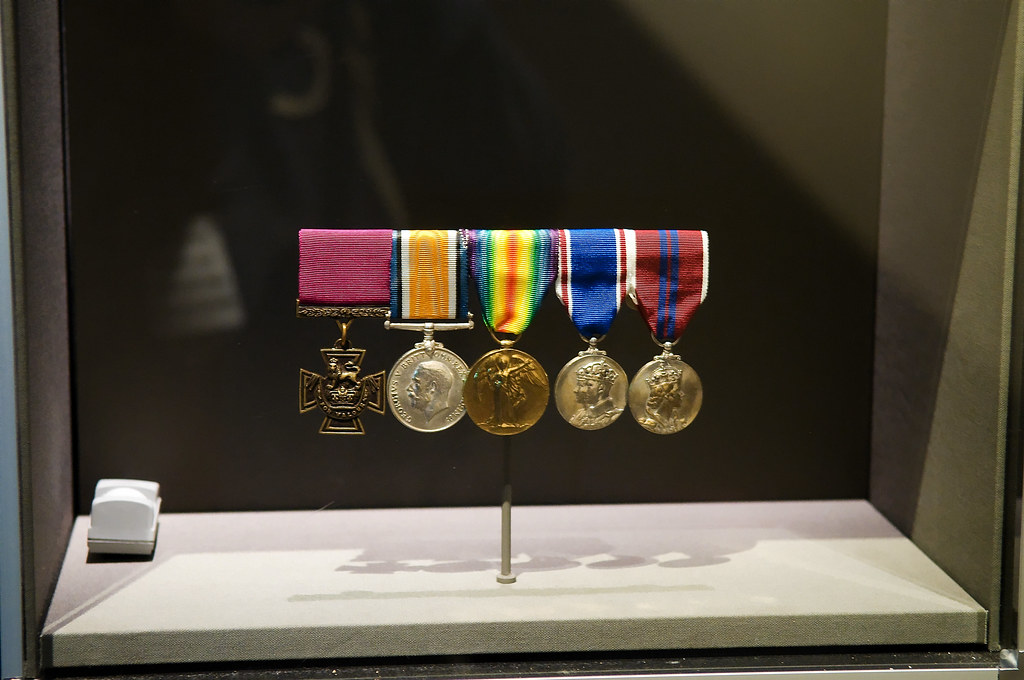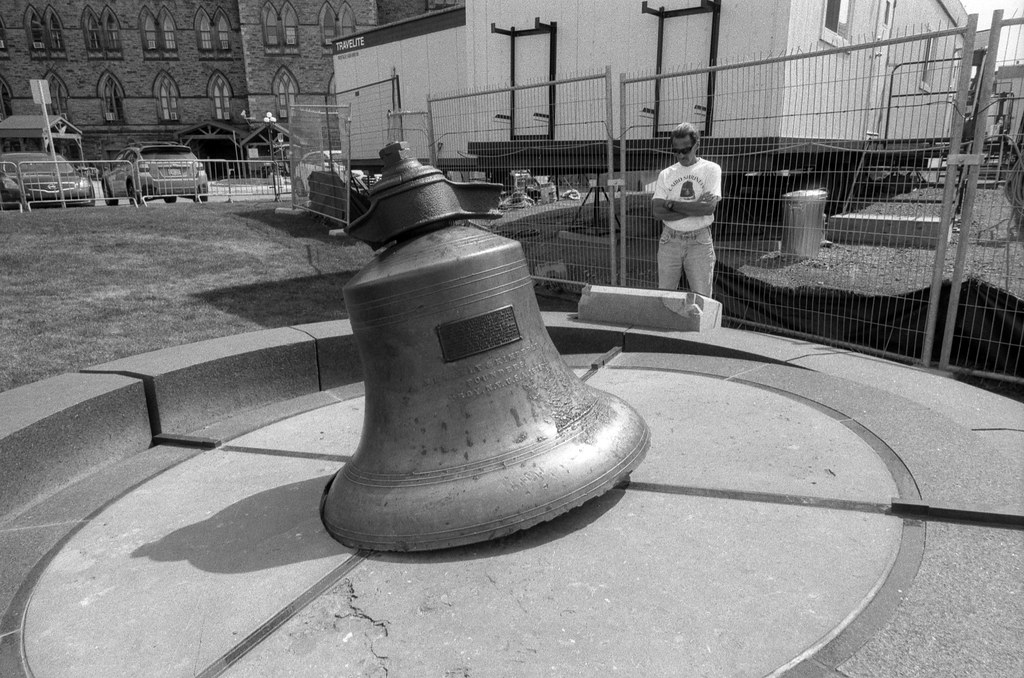Across the British Commonwealth and in Canada specifically, no other British monarch is as widely celebrated at Queen Victoria. Secondly only to Her Majesty, Queen Elizabeth II for the length of her reign. The two queens share a lot in common beyond familial relations. Both never expected to take the throne, born Alexandria Victoria on the 24th of May 1819, daughter of Prince Edward Augustus and grand-daughter to King George III. At birth, Victoria sat fifth in the line of succession to the British throne. At only a year old, both her father and grandfather passed, leaving Victoria in the care of her over-protective mother. Her mother along with Sir John Conroy worked to raise Victoria under a strict set of rules called the Kennsington System, named for the palace where Victoria lived. And while these were framed in a way to raise the princess to be an upstanding member of society and the royal family, it served to isolate Victoria from her father’s family. But when Victoria and her mother toured the country, the young princess caught the attention of the public, who adored her, much to the annoyance of Victoria’s mother. The future queen often wrote on the loneliness and melancholy nature of her childhood in her journals. The death of the Duke of York in 1827 and King George IV in 1830, with neither having any heirs and their wives wanting nothing to do with their husbands and past childbearing age, King William IV ascended to the throne and through a twist in fate put Victoria as heir-apparent. The King did not view the princess as an heir but rather a rival, mostly because of her mother. And the King did not want Victoria’s mother or Sir Conroy in any position to control the throne. He often publicly spoke that he would live long enough to ensure that when Victoria ascended to the throne, she would be over the age of eighteen to avoid a regency.

Mamiya m645 – Mamiya-Sekor C 150mm 1:3.5 N – Ilford FP4+ @ ASA-100 – Kodak D-23 (Stock) 6:00 @ 20C
Despite the ill-will between the two, Victoria took her role seriously and often would travel, which she disliked terribly. She would feel continuously tired and ill during her many trips. But an 1836 trip would change everything. As heir-apparent many desired to see the princess married, preferrable to a prince of another country. But for Victoria, the thought of marriage proved far from her mind. At least until she met Prince Albert of Belgium, she found the young prince both interesting and handsome, much more so than Prince William of the Netherlands. The King would prefer Prince William, but Albert proved to catch Victoria’s heart. And while there was no formal engagement, there was an understanding. King William IV died on the 20th of June 1837, Victoria wrote simply in her journal I am Queen. Her coordination took place a year after her ascension to the throne and some 40,000 attended the grand event. Victoria took up residence in Buckingham Palace, the first British monarch to make the palace her London residence. While her power gave her the right to ban Conroy, she could not escape the social norms of the day, and as an unwed woman, she must live with her mother. But she could at least banish her mother to a small apartment in an obscure corner of the palace. The young queen quickly proved herself a willing learner in the fine art of government finding advice in her Prime Minister, Lord Melbourne. She also proved a popular ruler among those in the United Kingdom and throughout the empire. Her reign, however, was not without scandal. From ugly rumours of one of her ladies-in-waiting becoming pregnant out of wedlock (proved untrue and was a tumour) and the second was the appointment of members to the Royal Household by the Prime Minister and the Queen’s refusal to accept the appointments by the Conservative Government.

Sony a6000 + Sony E PZ 16-50mm 1:3.5-5.6 OSS
Two years into her reign, Victoria remained unmarried. And while no one could tell her that she must marry, it certainly would improve her situation. She had barely made any contact with her mother since taking the throne, and when the topic of marriage came up in discussion with Lord Melbourne, Victoria found the idea a radical one. But a visit to London by Prince Albert changed everything, and within five days of the Prince’s arrival, Victoria proposed marriage. The two married in February 1840 and the Queen wrote rather extensively in her journal about her wedding night. The prince became not only the queen’s husband and consort but her closest friend, ally and advisor. He even helped smooth over relations between Victoria and her mother. The queen would face her mortality many times over her reign, but it was in the early 1840s that the first attempt on her life failed. The gunman’s pistol missed, misfired, or failed to go off, the records of the events are cloudy at best. Victoria commuted the man’s sentence, and he lived out his days in an asylum rather than face the gallows. The Queen’s popularity soared and only continued its meteoritic rise after the birth of her first child, a daughter Victoria. Motherhood did not come easily to the queen, who disliked the notion of being pregnant and breastfeeding but would go on to bear and raise eight more children. She often suffered from post-partum depression, along with being rather ill during her pregnancy. She would pioneer the notion of pain control during childbirth, much to the annoyance of the church. Victoria continued to prove herself a popular and fair monarch, she would meet with the families of Samual Chandler and Benjamin Waite and assisted in securing pardons for the two men living in exile in Van Dieman’s Land. A second would-be assassin again would see the Queen intervene and send him to a life in exile rather than death, and in the aftermath of the Irish Potato Famine in 1845 donated a great deal of her wealth for aid to the island. She worked to improve relations with France becoming the first British monarch to visit France since King Henry VIII in 1520. Her reign marked the start of some significant changes in the world and the Empire much as it had during the reign of her Great-Grandfather King George II and Grandfather King George III. The Indian Revolt and the Crimean War rocked the world in the mid-1850s. Not only did she face the struggles of a monarch at war, but the invention of Photography also brought the horrors of conflict into sharp focus and the public eye. Out of the Crimean War came the creation of a new military award, one that could be presented to any member of the armed services, not just officers. The Victoria Cross became the highest order of military merit, presented to the solider for valour in the presence of the enemy. In 1857 in the aftermath of the Indian Revolt, she took the additional title of the Empress of India, and now the sun never set on the British Empire.

Nikon D300 – AF-S Nikkor 17-55mm 1:2.8G DX
The next decade proved a difficult one for the Queen. Already prone to bouts of depression, she faced both the death of her mother followed by the death of Prince Albert within a few months of each other in 1861, driven into isolation, she rarely took visitors or appeared in public, save for some official duties. She much preferred to remain at Windsor Castle, well outside the public eye. When the leaders of the provinces of British North America arrived in December 1866 to discuss the possibility of uniting four of the provinces into a single semi-autonomous part of the empire, she would take times to meet with each one. And in 1867 she signed into being the Dominion of Canada. She also allowed a great deal of reform to sweep the nation, granting voting rights to the working class, but that did nothing to stop the talk from removing her as monarch. Her isolation took its toll and spoke of the establishment of a Republic began to circulate, and memories of the Civil War returned to the public mind. A timely appearance at a Thanksgiving Service in 1872 ended the talk, and another attempt at her life shored up her popularity. Victoria continued to face troubles on the fringes of the empire; expansionist policies lead the disastrous Anglo-Zulu War, which Victoria saw as a defensive action to protect the native (non-European) elements of the Empire. Victoria’s children moved on, and many married into the royal families of other major European powers among them Russia and Prussia. Her popularity again on the rise, the Queen celebrated her Golden Jubilee in 1887. Now a long-standing ruler, the Queen often took a far more active role in government, acting as an advisor to the Prime Ministered and elected officials. And she was not above opposing Parliament or refusing to sign bills into law. Her influence extended outside the Empire with other monarchs taking their cues from the Queen. Although sometimes her advice would not be kept, she hoped her power could shape a liberal Germany; instead, her grandson proved far more autocratic when he took the throne as Kaiser Wilham II in 1888. On the 26th of September 1896, the Queen celebrated her Diamond Jubilee and became England’s longest-reigning monarch. Celebrations took place in 1897 across the entire Empire, and even the leaders of Canada arrived in London to join in the parades as parties were held across Canada. The Queen would make Prime Minister Wilfred Laurier a knight in the Order of St. Michael and St. George.

Sony a6000 + Sony E PZ 16-50mm 1:3.5-5.6 OSS
The image of Victoria as the mother to the subjects of the Empire was now cemented in the eyes of all. Organisations such as the Victorian Order of Nurses (VON) were named in her honour, towns, streets, buildings, rivers, and many others were named for the Queen. Her children and grandchildren sat in the seats of power across Europe. And by the dawn of the 20th Century, the Queen’s age was starting to get to her. Poor eyesight, ill health, and physical difficulties made her life one of isolation again. Seeing the end, she had arranged for her funeral in 1897. On the 22nd of January 1901, the Queen passed away, her eldest son, accended to his mother’s throne as King Edward VII. Despite wearing black since the death of Prince Albert, her funeral saw the city decked in white as her body was given full military honours as the daughter of a soldier and commander-in-chief of the armies of many nations.

Nikon F5 – AF-S Nikkor 14-24mm 1:2.8G – Fomapan 100 @ ASA-100 – Blazinal (1+50) 9:00 @ 20C
The entire length of Victoria’s reign has often been called a Golden Age for England others call it simply the Victorian Era. Her long reign saw many things change in the world; a style of architecture would be named for the era. Victoria continues to be held up as an example of modesty, good moral character, and motherhood. Although she often wrote in great detail of her sex life, began wars to maintain and expand the empire, and despised motherhood. And more importantly and the reason I have included her in this project is that under her reign we saw the establishment of Responsible Government in the North American provinces, the creation of the Dominion of Canada, and the early formations of the Canadian Army. One of Canada’s first holidays next to Dominion Day is the Queen’s birthday; the Victoria Day long weekend marks the unofficial start of the summer. Although these days many call it the May Two-Four. You can find statutes of the Queen across Canada and even the capital of British Columbia bears the Queen’s name. The original Centre Block’s tower was named Victoria Tower; sadly when the building burned in 1916 the tower would fall, the bell, however, can still be viewed behind the new Centre Block. In my hometown, Milton, Ontario, the park next to our town hall is named Victoria Park for the Queen, and many parks are named similarly across the country. Her ancestors went on to reshape Europe and the principal leaders on both sides of World War One were all related to Queen Victoria. King George V, Kaiser Wilhelm II, and Czar Nicolas II. King George IV would grant near full autonomy on the Dominions forming a Commonwealth out of the Empire before leading that same Commonwealth through the dark days of World War II. And today Queen Elizabeth II, Great-Great-Granddaughter granted full Parliamentary autonomy to Canada in 1982. Long Live the Queen.